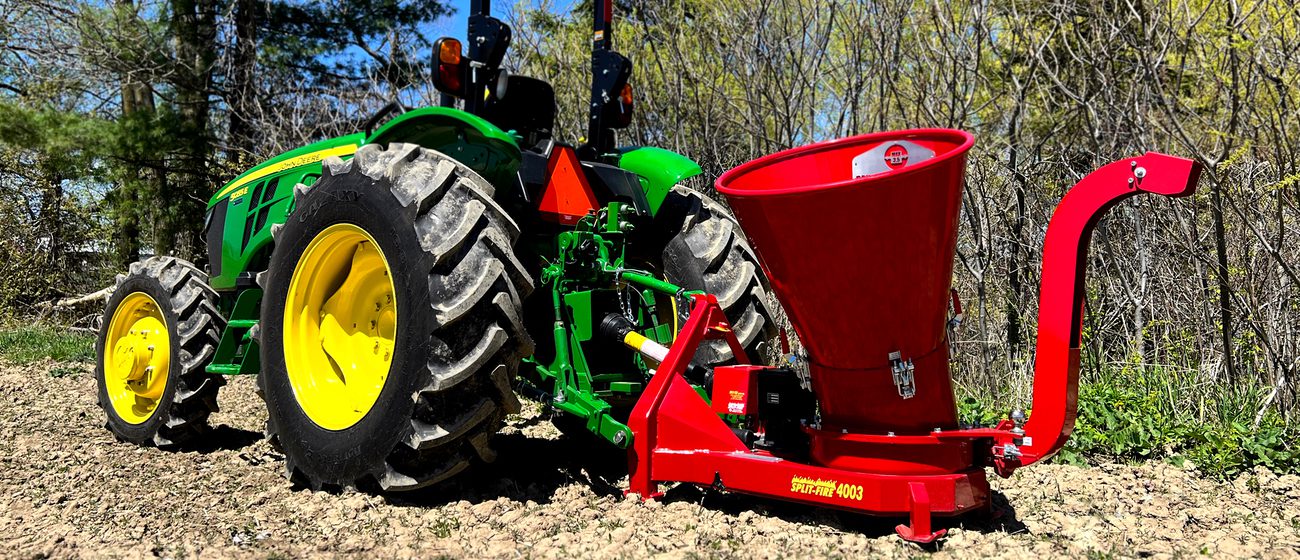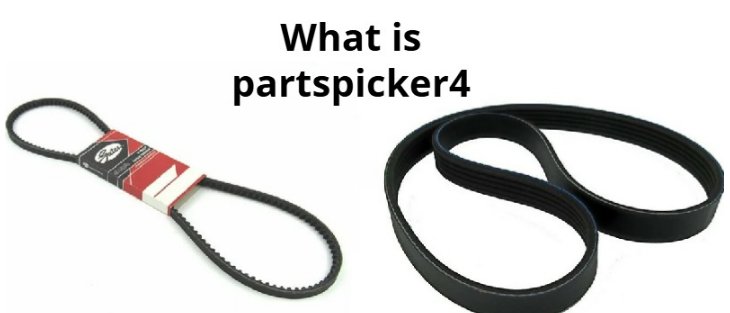In the world of forestry, landscaping, and large-scale gardening, efficiency and effectiveness are paramount. One of the indispensable tools for these tasks is the wood chipper, and among the various types, the PTO (Power Take-Off) wood chipper stands out for its robust performance and versatility. But what exactly is a PTO wood chipper, and how does it differ from other types? This article delves into the specifics of PTO wood chippers, exploring their functions, benefits, and practical applications.
Understanding the PTO Mechanism
The term PTO stands for Power Take-Off, a mechanism that allows a piece of equipment to draw energy from a tractor’s engine. This system is commonly used in agricultural and industrial equipment, enabling tools to operate without needing a separate engine. In the case of a PTO wood chipper, the chipper is powered by the tractor’s engine via the PTO shaft.
This connection is facilitated by a spline that fits into the tractor’s PTO output, transferring power directly to the wood chipper. The rotational power generated by the tractor’s engine turns the chipper’s blades, allowing it to shred branches, limbs, and small logs into wood chips efficiently.
Key Components of PTO Wood Chippers
A PTO wood chipper comprises several critical components, each playing a vital role in its operation:
- PTO Shaft: This is the connecting piece between the tractor and the chipper, transferring power from the tractor’s engine to the chipper.
- Flywheel: A heavy, spinning disc that maintains momentum and helps in the smooth operation of the blades.
- Blades: Sharp, hardened steel knives that cut and shred the wood into chips.
- Infeed Hopper: The chute where branches and logs are fed into the chipper.
- Discharge Chute: The outlet through which the wood chips are expelled.
- Safety Features: Modern PTO chippers often come equipped with safety mechanisms such as emergency shut-off switches, shields, and anti-kickback devices to protect the operator.
Advantages of PTO Wood Chippers
- Power and Efficiency: Since PTO wood chippers are powered by the tractor’s engine, they typically have more power and can handle larger, tougher wood compared to standalone chippers with independent engines.
- Cost-Effective: They tend to be more cost-effective in the long run because they don’t have their own engine, reducing maintenance and fuel costs.
- Versatility: PTO chippers can be used in a variety of settings, from small farms to large forestry operations, making them a versatile tool for anyone needing to process wood efficiently.
- Mobility: As they are attached to tractors, PTO chippers can be easily transported across different locations, making them ideal for use in expansive properties or remote areas.
Practical Applications
PTO wood chippers are incredibly useful in several scenarios:
- Land Clearing: For farmers and landowners, clearing land of fallen branches, limbs, and small trees is a common task. A PTO wood chipper makes quick work of this, turning waste wood into useful mulch.
- Forestry Operations: In forestry, managing the debris from logging operations is crucial. PTO chippers help in reducing the bulk of this debris, facilitating easier disposal or repurposing.
- Landscaping: Professional landscapers use PTO wood chippers to manage the green waste generated during landscaping projects, converting it into mulch that can be reused in gardens and flower beds.
- Fire Prevention: In areas prone to wildfires, reducing the amount of combustible material is essential. PTO wood chippers can help in creating defensible spaces by chipping away dead trees and brush.
Choosing the Right PTO Wood Chipper
Selecting the right PTO wood chipper involves considering several factors:
- Tractor Compatibility: Ensure that the chipper is compatible with your tractor’s PTO specifications, including horsepower and PTO shaft size.
- Chipping Capacity: Consider the maximum diameter of branches the chipper can handle. Larger capacities are better for heavy-duty tasks.
- Ease of Use and Safety: Look for models with user-friendly features and robust safety mechanisms to ensure efficient and safe operation.
- Durability: Choose a model made from high-quality materials that can withstand the rigors of regular use.
Maintenance and Safety Tips
- Regular Maintenance: Keep the blades sharp and check the flywheel and PTO shaft regularly to ensure they are in good working condition.
- Safety Gear: Always wear appropriate safety gear, including gloves, goggles, and hearing protection, when operating a PTO wood chipper.
- Clear Work Area: Ensure the area around the chipper is clear of obstacles and bystanders to prevent accidents.
- Follow Manufacturer’s Instructions: Adhere to the operating and maintenance guidelines provided by the manufacturer to ensure the longevity and safe operation of the chipper.
Conclusion
A PTO wood chipper is a powerful, versatile tool that can greatly enhance the efficiency of wood processing tasks on farms, in forests, and during landscaping projects. By leveraging the power of a tractor’s engine, these chippers offer robust performance and cost savings, making them an invaluable asset for managing wood waste and creating useful byproducts like mulch. Understanding the components, benefits, and proper usage of PTO wood chippers ensures that users can maximize their investment and maintain safety while tackling even the toughest wood chipping tasks.




